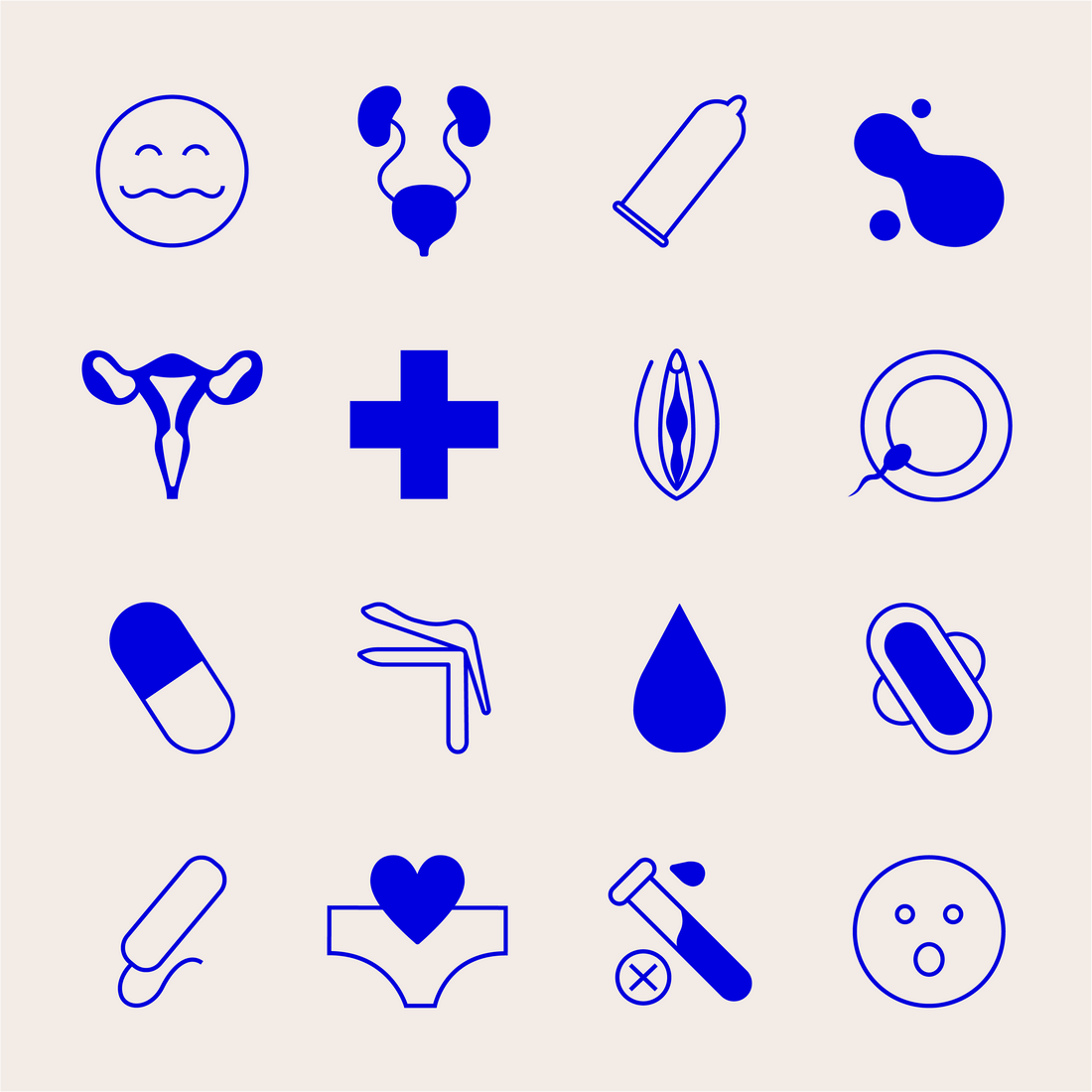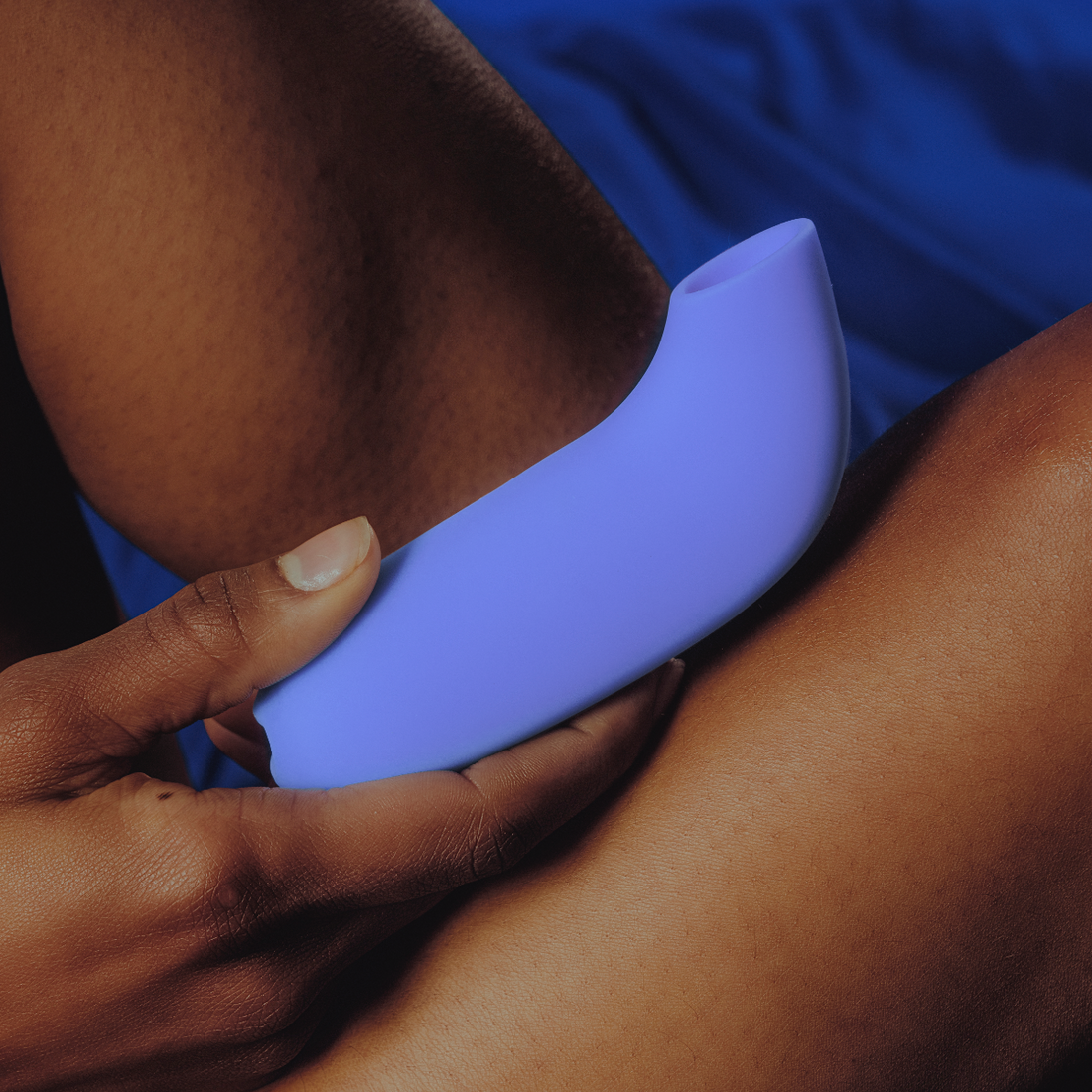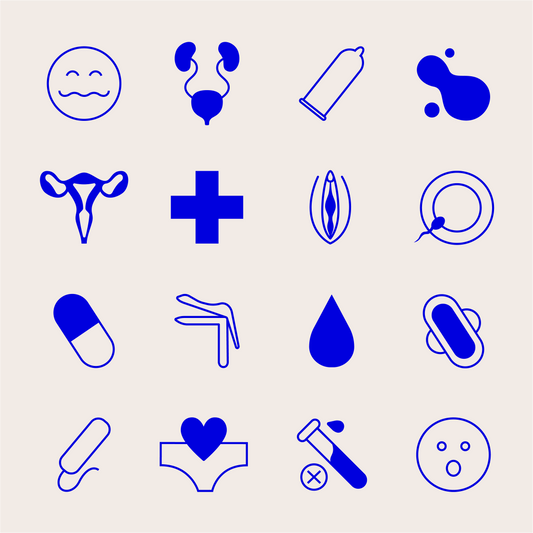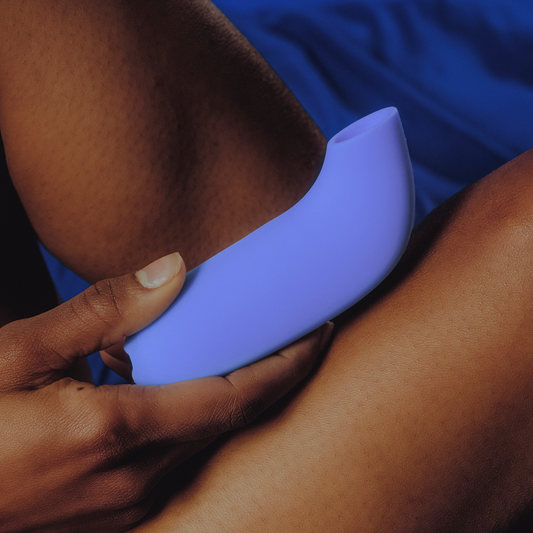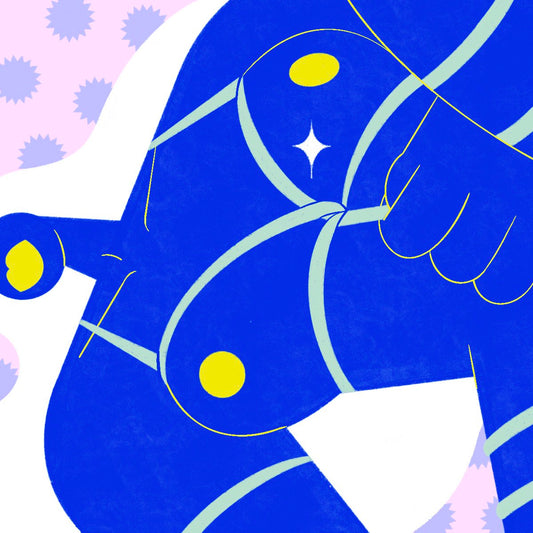Our Damaging Focus on Intercourse
Queer women have more orgasms than straight women. While this dynamic exists for a myriad of reasons, it is centered around a simple fact: Straight women often view penetrative sex as “real sex” and everything else as extra, but not necessary. “Many cis women do not have orgasms through penetration alone and so it's not going to be as sexually satisfying as other activities like oral sex or using toys,” says Pam Shaffer, MFT, a licensed marriage and family therapist. “Cis men perceive penetration as the ultimate way to achieve orgasm but it's not a two-way street, which leaves their cis female partners unsatisfied.”There are two main kinds of desire: spontaneous and responsive.The clitoris is the center of female orgasm. The vast majority of female orgasms are clitorally-based in some fashion. The external clitoral glans—that little nubbin you see at the top of the labia—has more than 8,000 nerve endings. Meanwhile, it gets no (or very little) love during penetration. It’s time we debunked the sexual hierarchy and gave people proper sex education so that they can know what brings them pleasure. This means giving young women and girls the tools they need to understand their bodies. Namely, information and sexual autonomy. Moushumi Ghose, MFT, a licensed sex therapist, points out that the P-in-the-V understanding of sex doesn’t work for queer identities. “Queer and lesbian women do not identify with this and are left without a roadmap to find their partners and their sexuality, which often leads to more sex education and better understanding about sex, and their bodies.” Hence, more orgasms for queer women.
What We’re Learning About Female Desire
When it comes to female desire, we knew basically jack shit for a long time. Luckily, science is beginning to come around, but here is the thing: Understanding female desire is complicated by our social perception of sexuality. As sex therapist and neuroscientist Dr. Nan Wise points out in her new book Why Good Sex Matters: Understanding the Neuroscience of Pleasure for a Smarter, Happier, and More Purpose-Filled Life, cis men and cis women don’t have more or less desire, they often have different kinds of desire. There are two main kinds of desire: spontaneous and responsive. Spontaneous desire is when you get turned on randomly, without any form of sexual stimuli. This is also known as plain old horniness.“It takes a level of owning one's identity to come out as gay, and that could translate into owning and communicating what you want in the bedroom."Responsive desire is a bit more complex. Responsive desire is when your desire and arousal kick in only after you’ve been exposed to sexual stimuli. This can be with a partner touching you (in a way you want to be touched) or through exposure to external erotic material such as pornography or erotica. Dr. Wise’s research has found that women have much more responsive desire. Meaning that the vast majority of women need to be brought into sexual engagement in order to be in the mood for sex. This explains why women are thought to have “less desire” than men. We expect people to just be turned on out of nowhere, but this is just not how it works for most women. Women don’t have less desire than men—they just have a different kind of desire that has not been given enough time or attention. It doesn’t seem far-fetched to intimate that women who have sex with women inherently understand female desire more naturally than heterosexual men. When you know how your own desire works, you’re more likely to know how to seduce and pleasure someone whose desire is akin to yours.























